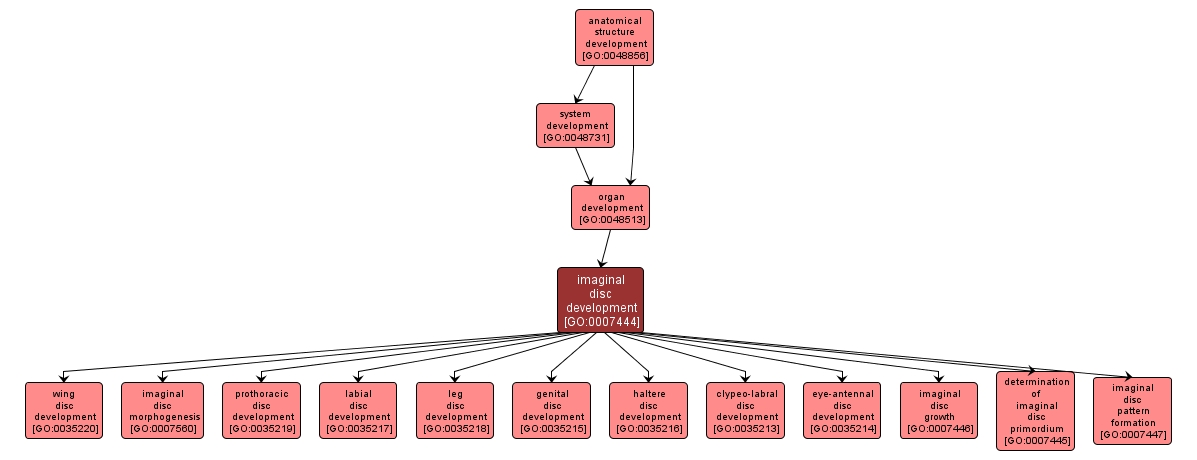| Desc: |
The process whose specific outcome is the progression of the imaginal disc over time, from its formation to the metamorphosis to form adult structures. Imaginal discs are epithelial infoldings in the larvae of holometabolous insects that develop into adult structures (legs, antennae, wings, etc.). |














